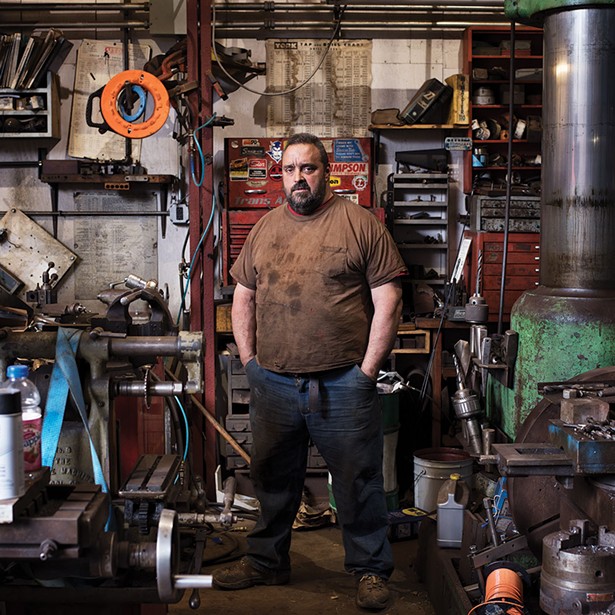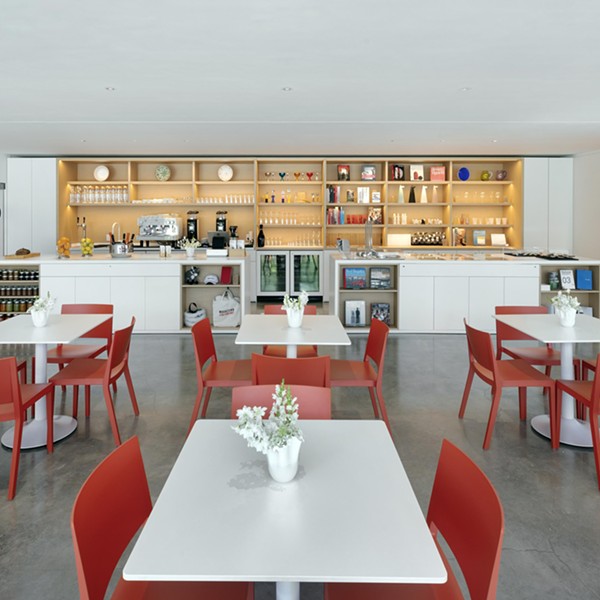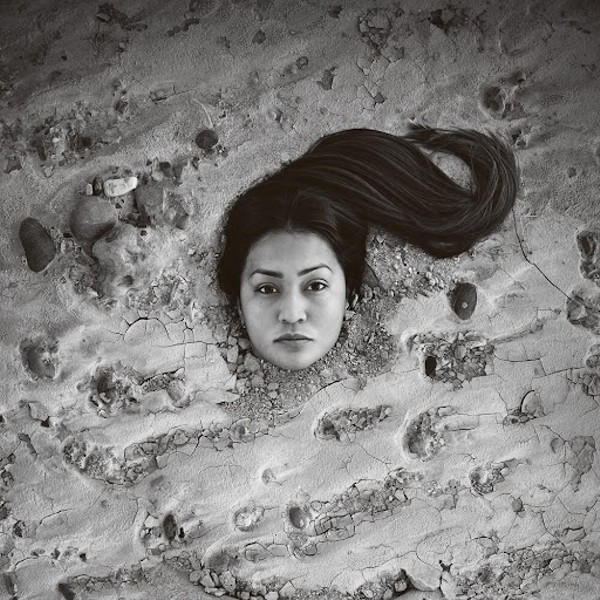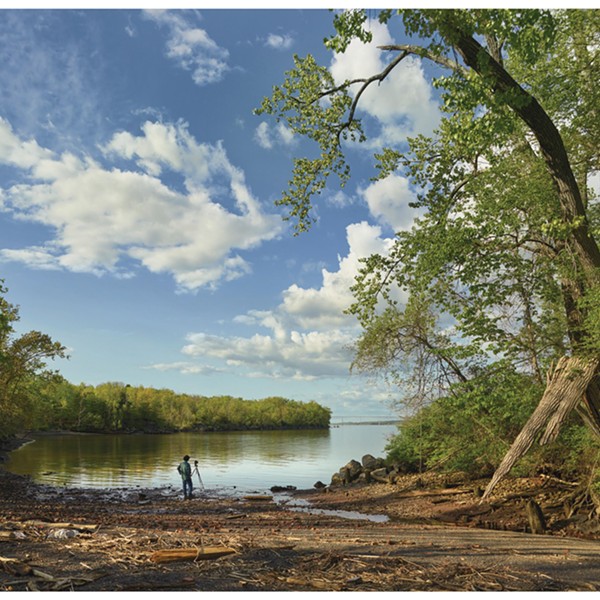Marco Anelli's photographs have been exhibited worldwide for the past 20 years. The leading Italian photographer captures art, architecture, and intimate portraits. A native of Rome, Anelli has published 10 books of photography, including Shadow and Light (1998), which features black-and-white photos from inside St. Peter's Basilica at the Vatican, and Portraits in the Presence of Marina Abramovic (2010).
Now, Anelli brings his talent to the Hudson Valley as Magazzino's first artist in residence. Magazzino, which translates to "warehouse," is a new Italian art center in Cold Spring founded by art collectors Nancy Olnick and Giorgio Spanu, whose mission is to bring awareness to postwar and contemporary Italian art.
From 2014 to 2017, Anelli documented the conception and construction of the private art institute. His gripping photos are featured in his latest photography book, Building Magazzino, published by Skira Rizzoli in December. "My intention was to understand how something was made, and it's been much different than taking photos of something that already existed," Anelli says.
The photo series captures a stunning before-and-after sequence—from dirt, concrete, wood planks, and sheetrock to an illuminated 18,000-square-foot space. But the three-year photographing process wasn't only about the expansion of a 1960s factory or about building a space large enough to hold precious artwork from Olnick and Spanu's collection. It was also about the people who have made Magazzino happen. "Marco's book highlights an important part of the building that many people overlook," says Magazzino director and project curator Vittorio Calabrese. "This project is an explanation of [the] human condition and the community of everyone involved."
The book features individual portraits of each of the project's participants: electricians, landscapers, plumbers, painters, construction workers, and more. Anelli photographed each person standing in his or her workspace.
"I wanted to portray the workers without any artifice, but with honesty and respect, trying to make their personality emerge," Anelli says. "In order to do so, I asked them not to smile, as the smile is oftentimes a mask we wear. Instead I waited, talked to them—even faked problems with my camera until they trusted me enough to relax—and a more authentic part of themselves surfaced. Also, I aimed at portraying the whole figure because the gestures, the pose, the way they stand or adjust their hands can tell as much as their facial expression or the look in their eyes."
Presenting the diversity of the workers and others involved in the project is a vital aspect of Anelli's book. "There were immigrants from all over the world, all building a space for art," Calabrese says. "What I really like about Anelli's work is it goes beyond first impressions. It really looks at the other side of an image, not implying what you see, but what's behind it."
An exhibition of photographs, "Marco Anelli: Building Magazzino," will be shown at the Desmond-Fish Library in Garrison, June 1 through June 17.

















